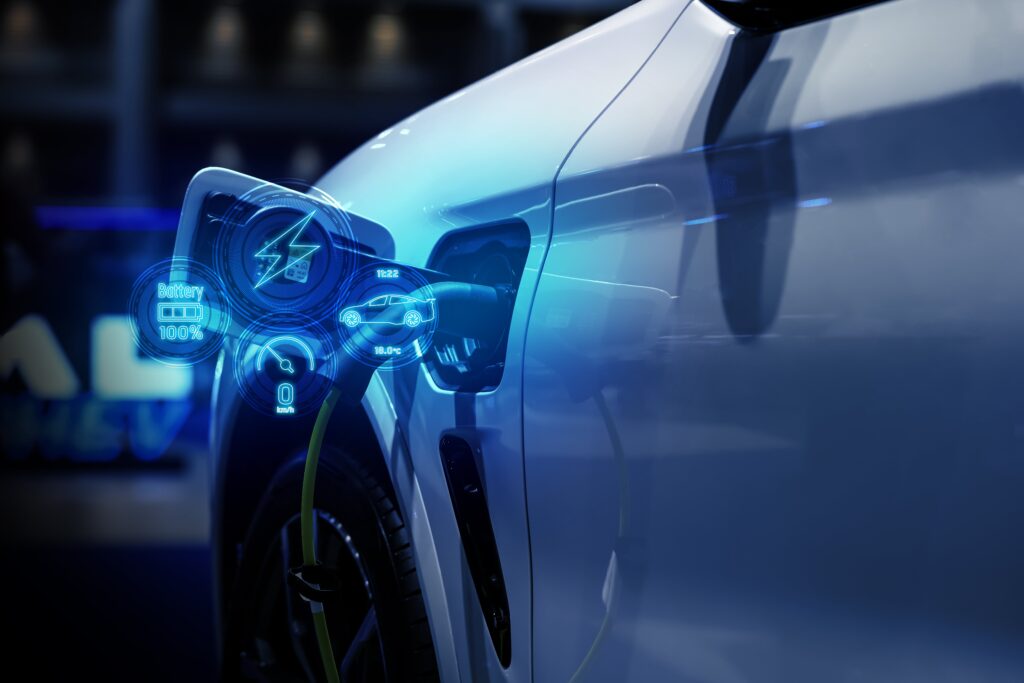When Kerry Dunstan and his partner went looking for an electric car this summer, one question dominated: “How’s the battery?” They found a 2021 Nissan Leaf with 29,000 miles. The dealer reported its state of health (SOH) at 93%. That convinced them. For £12,500, they bought a practical, spacious EV with room for passengers and luggage.
Dunstan, a cabinetmaker who also owns a sleek electric Volvo SUV, admits the Leaf doesn’t excite him. “I like cars with energy and character – this one’s a bit plain,” he says. Still, he’s satisfied. “It has performed exactly as I expected,” he adds.
Battery health drives the used EV market
Used car buyers once focused on mileage and age. Today, battery condition determines a used EV’s value. Buyers want to know how the battery was treated. Was it fast charged to 100% frequently? That can shorten battery life.
This uncertainty makes some hesitant about second-hand EVs. But battery analytics companies claim they can measure real battery health accurately. Experts also say many EVs last longer than early predictions suggested.
Dunstan’s Leaf illustrates this. It lacks the liquid cooling system of newer models. Nissan added this in later generations, but older Leafs lose range faster, according to US research firm NimbleFins. Dunstan is unconcerned. “I charge both my EVs when needed,” he says. “I don’t overthink it.”
Technology reveals the battery’s true condition
Austrian company Aviloo offers clarity for buyers. “We can independently determine a battery’s state of health,” says chief product officer Patrick Schabus. Aviloo provides certificates for British Car Auctions and offers two types of tests.
The premium test uses a small device that monitors battery performance over several days as it discharges from full to nearly empty. The faster “flash test” reads data from the car’s software and delivers a report in minutes.
The premium test tracks voltage and current fluctuations, identifying weak cells. Chief executive Marcus Berger says Aviloo’s readings often differ from the car’s own display. He also rejects the idea that batteries below 80% SOH are unusable. “A car with 75% health can still perform well – it just needs the right price,” he says.
Lessons from everyday EV owners
In New Zealand, Lucy Hawcroft bought a Nissan Leaf three years ago with her husband. The dealer reported the battery at 95% health. A year later, an independent mechanic found a noticeable drop. “My husband was a bit concerned,” she recalls.
Even so, the Leaf still drives about 160km on a full charge. They mostly use it for short trips under 10km. “Some friends get 400km,” she says. “That would be ideal.”
At Cleevely Electric Vehicles in Cheltenham, battery checks are now standard. “Most customers ask for them,” says sales director David Smith. The company uses ClearWatt’s independent SOH reports. “We can’t change the results,” he says. “Once buyers see them, nine out of ten sales go through.” Managing director Matt Cleevely adds that many issues are fixable. “Replacing a few modules is far cheaper than a full battery,” he explains.
Smarter charging prolongs battery life
How should EV owners charge to protect the battery? Stanford researcher Simona Onori says moderation is key. “There’s a sweet spot between frequent fast charging and avoiding it completely,” she explains. More research is needed.
Battery technology is improving rapidly. Max Reid from CRU says older EV batteries lasted 500 to 1,000 cycles. “Some of the newest cells now reach 10,000,” he notes.
Even retired batteries retain value. Paul Chaundy from Second Life EV Batteries in Dorset says companies reuse them for energy storage. Some power electric forklifts when the grid cannot handle multiple chargers.
Chaundy stresses standardisation. “We need clear, shared rules for testing and reporting battery health,” he says.


